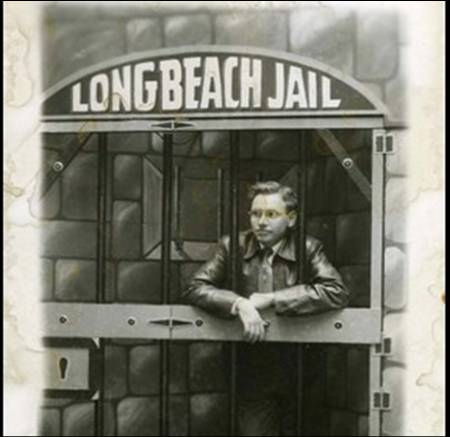Continuation in a series on portfolio management and the Buffett Partnership Letters, please see our previous articles for more details. Compounding, Capital Preservation
“Since the whole subject of compounding has such as crass ring to it, I will attempt to introduce a little class into this discussion by turning to the art world. Francis I of France paid 4,000 ecus in 1540 for Leonardo da Vinci’s Mona Lisa. On the off chance that a few of you have not kept track of the fluctuations of the ecu, 4,000 converted out to abut $20,000.
If Francis had kept his feet on the ground and he (and his trustees) had been able to find a 6% after-tax investment, the estate now would be worth something over $1,000,000,000,000,000.00. That’s $1 quadrillion…all from 6%.
…there are other morals to be drawn here. One is the wisdom of living a long time. The other impressive factor is the swing produced by relatively small changes in the rate of compound.”
“If, over a meaningful period of time, Buffett Partnership can achieve an edge of even a modest number of percentage points over the major investment media, its function will be fulfilled.”
Starting around the early 1960s, Buffett discusses the concept of compounding more frequently – perhaps because he’s become increasingly interested in its power. After all, an author’s words often reflect the subject most prevalent in his/her mind.
We likewise believe that compounding is an important, yet under-discussed, area of investment management. The entire investment management industry stems from the belief in (oneself or others) the ability to compound capital at a higher rate than “average” (however you define “average”).
Our industry often profiles the “flavors of the week,” putting those with spectacular short-term returns on display. Unfortunately, investor prone to spectacular upside returns, are sometimes also prone to disastrous drawdowns.
Which brings to my mind the trackrecord of a well-known oil and gas investor. His long-term trackrecord was spectacular (something in the range of 20-30%+ annually for 20+ years) until he became enamored with natural gas (in all fairness, he may yet be proven correct in the “long-run”). In either 2009 or 2010 (when the price of natural gas plummeted) he produced a -97% year. Yep, minus ninety-seven percent.
Unfortunately, the law of compounding hath no pity. If you invested $1,000 with him at the very beginning, compounded at 25% for 20 years, but stayed around to experience the -97% return, the investment that was worth $86,736 in year 20 was now only worth $2,602 in year 21 (which doesn’t include the fees you paid over the years, so chances are, you’ve actually experienced loss of principal).
Remember, it was the tortoise, not the hare, who won the race. A 1-2% outperformance relative to “average” may seem negligible in the short-term, but over the course of many years, the absolute dollar contribution of that excess margin of return becomes substantial. It never hurts to remind your investors, every once in awhile, as Buffett did.


